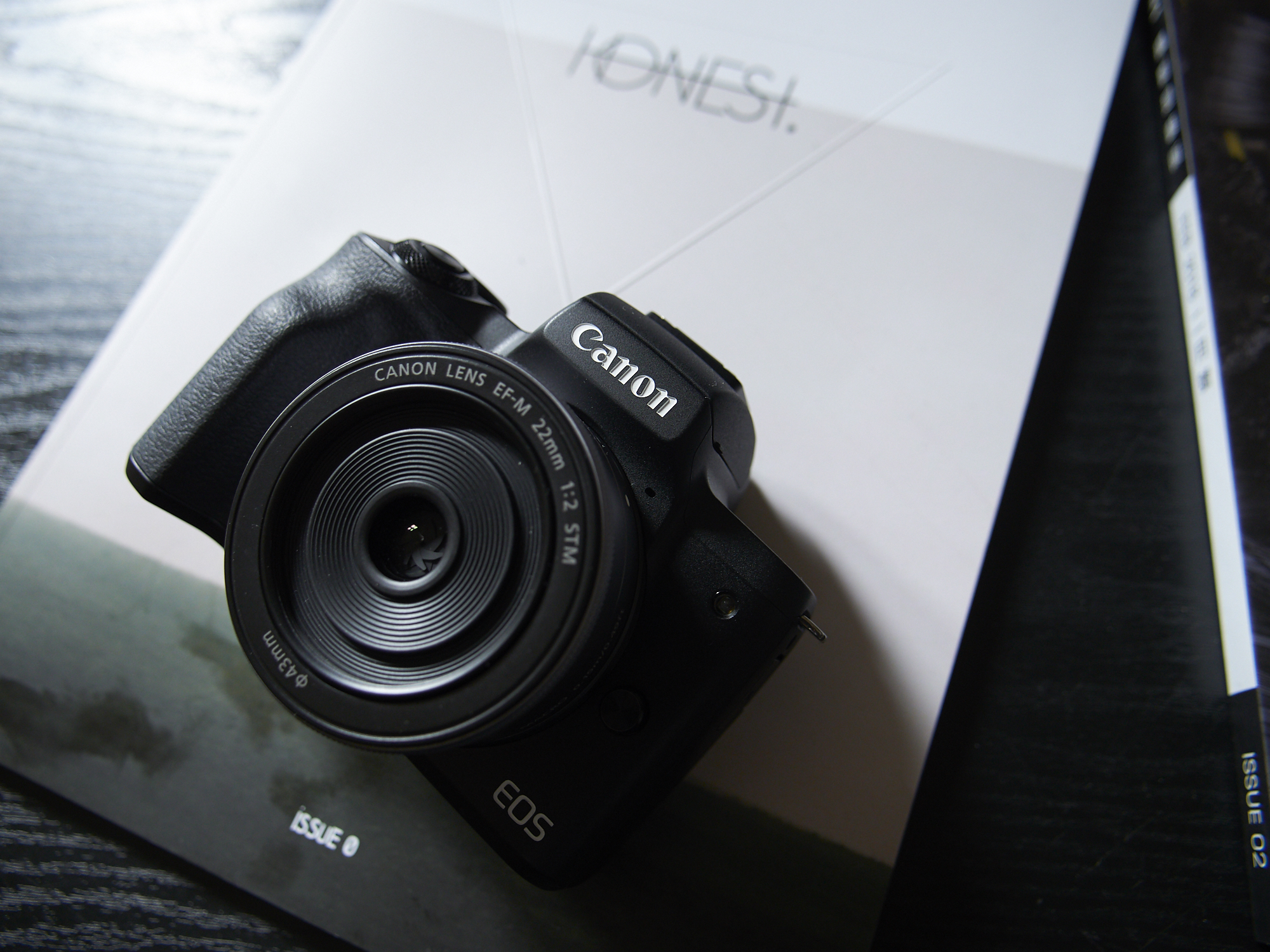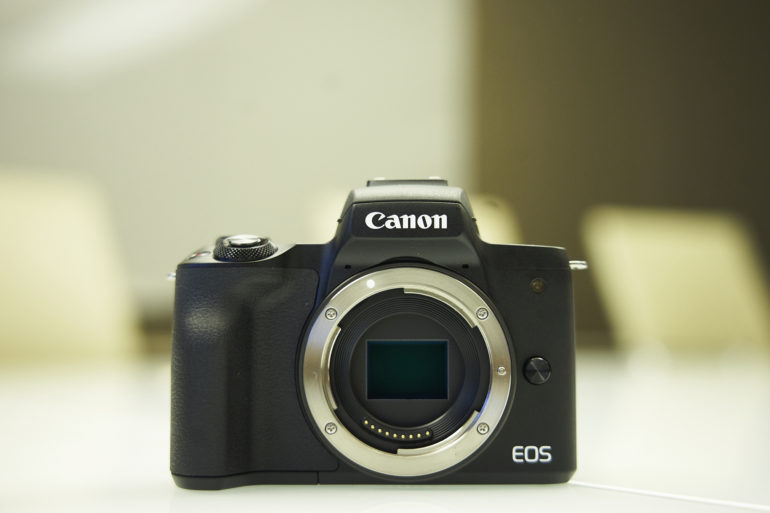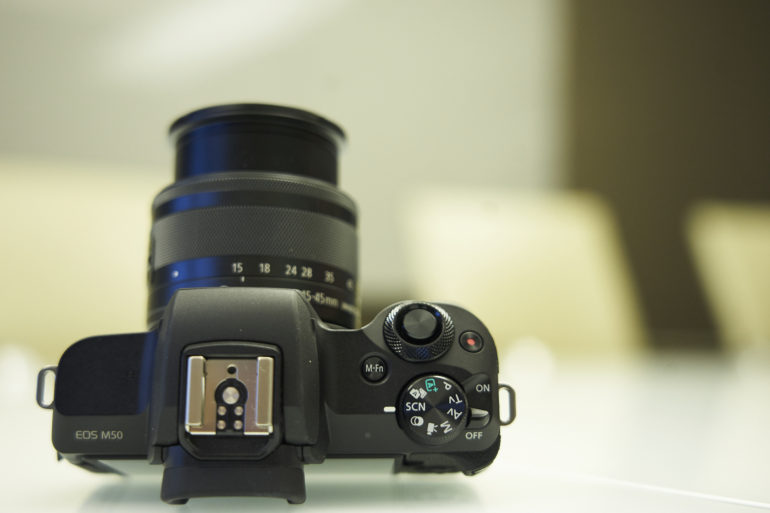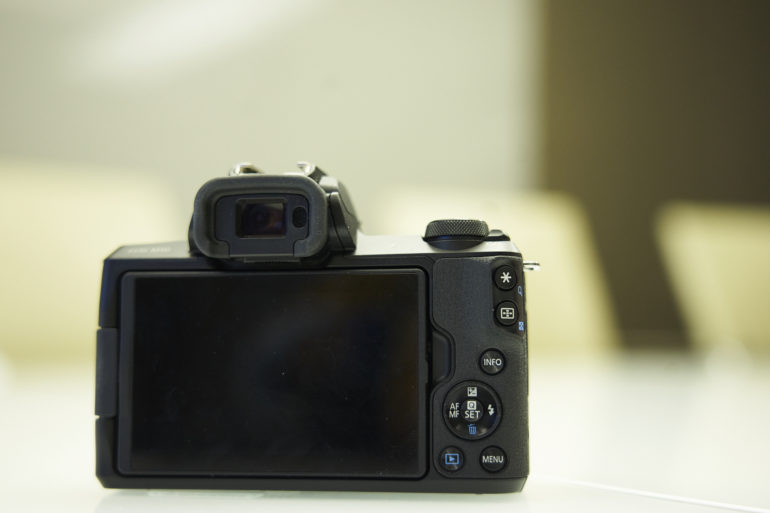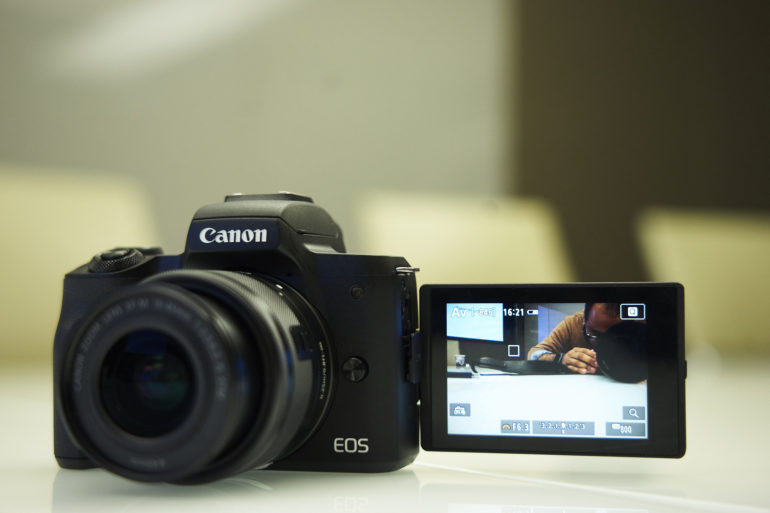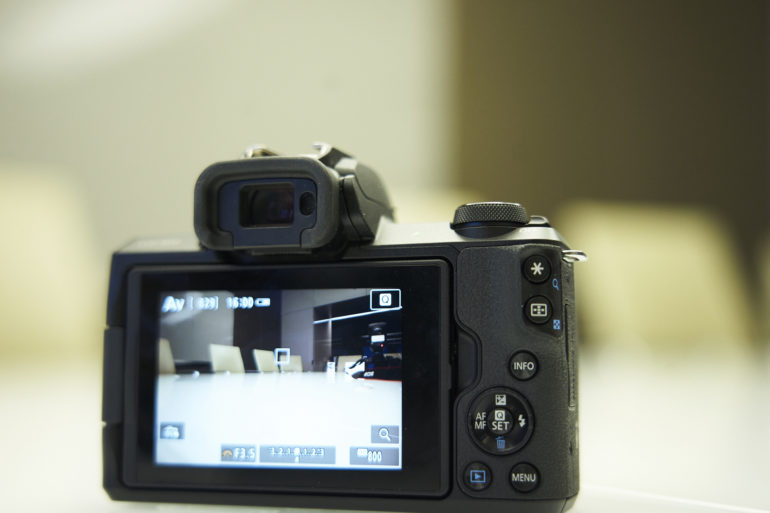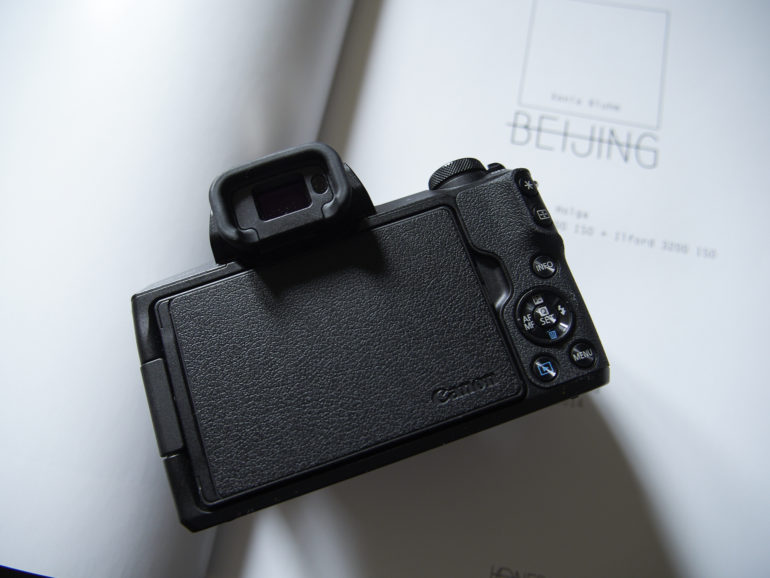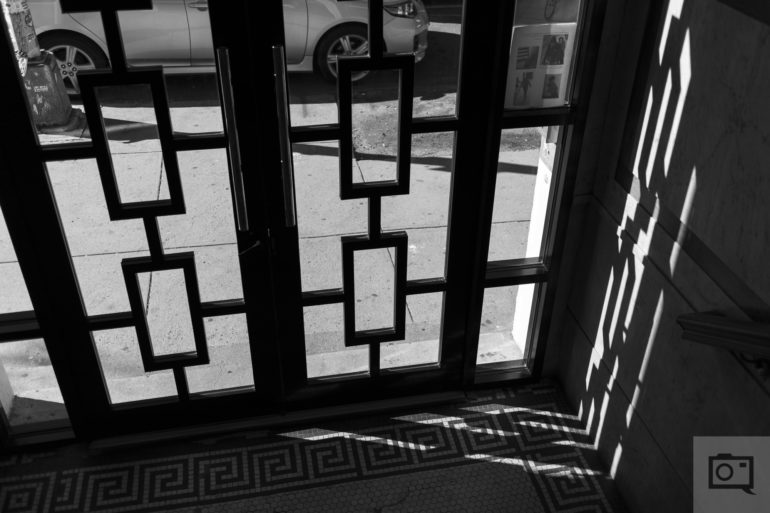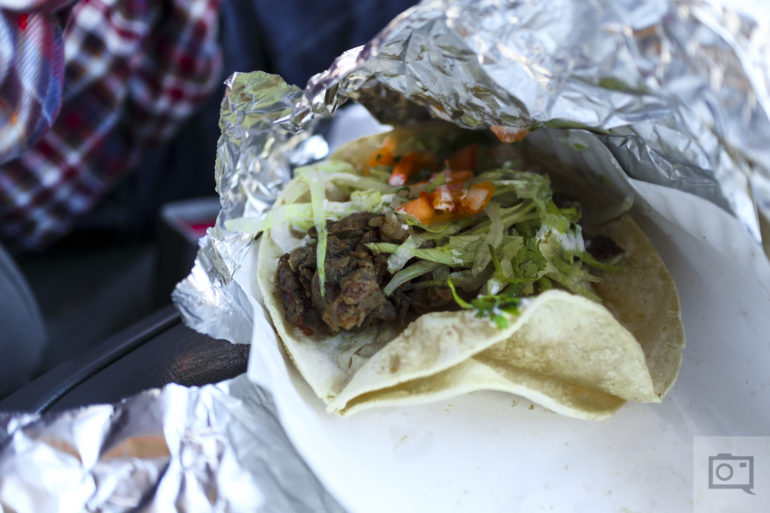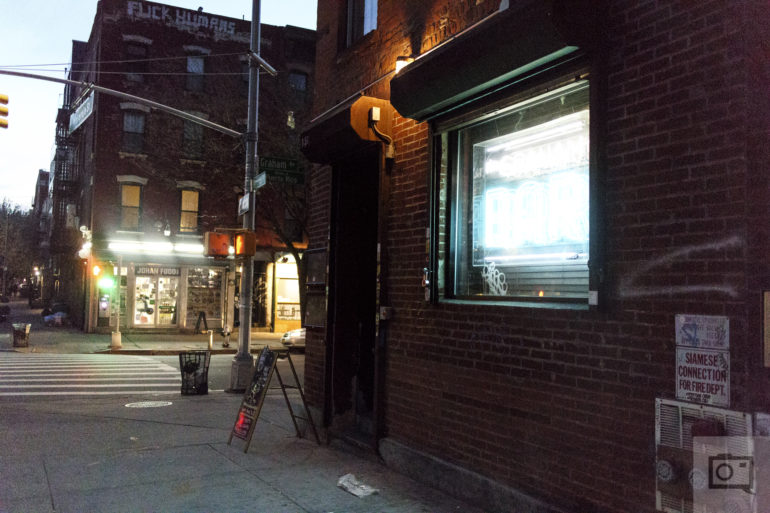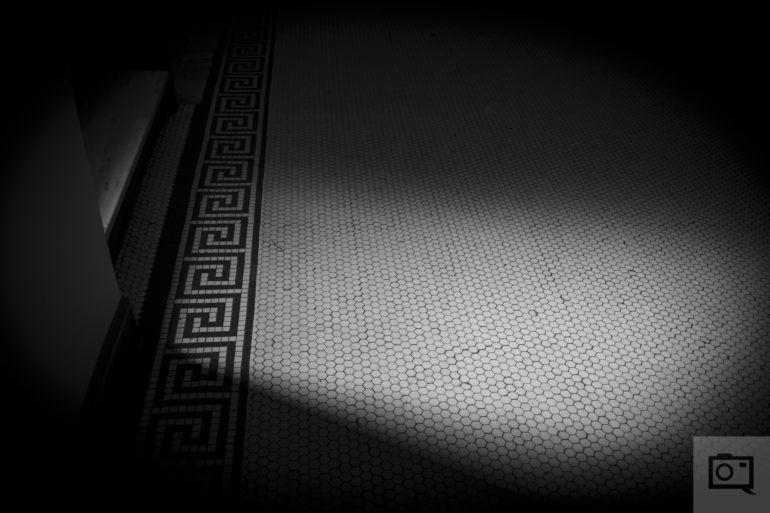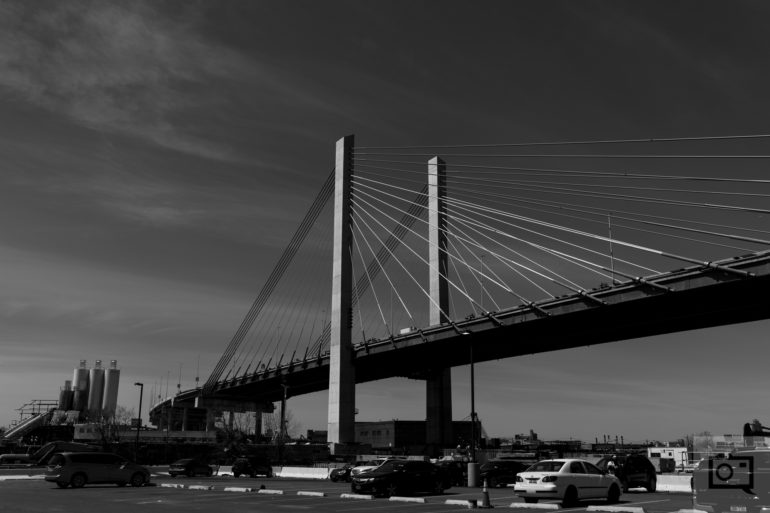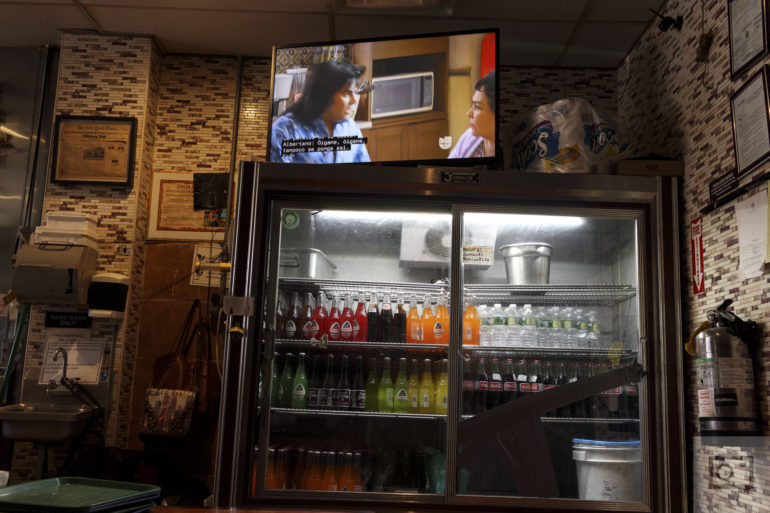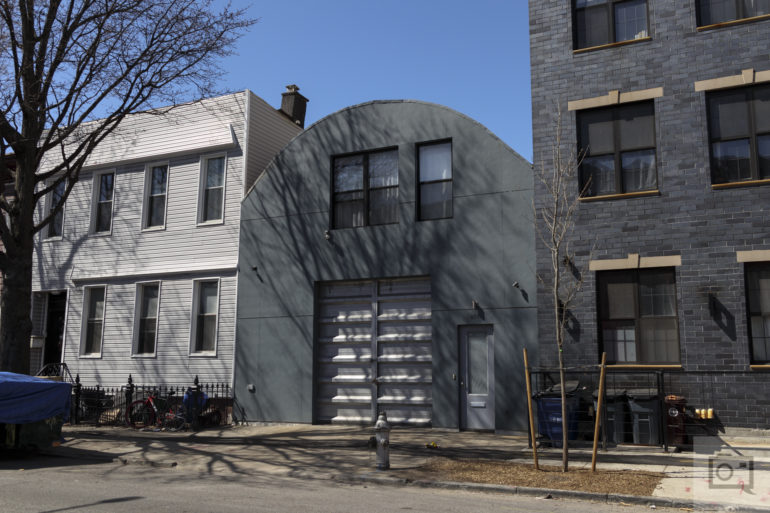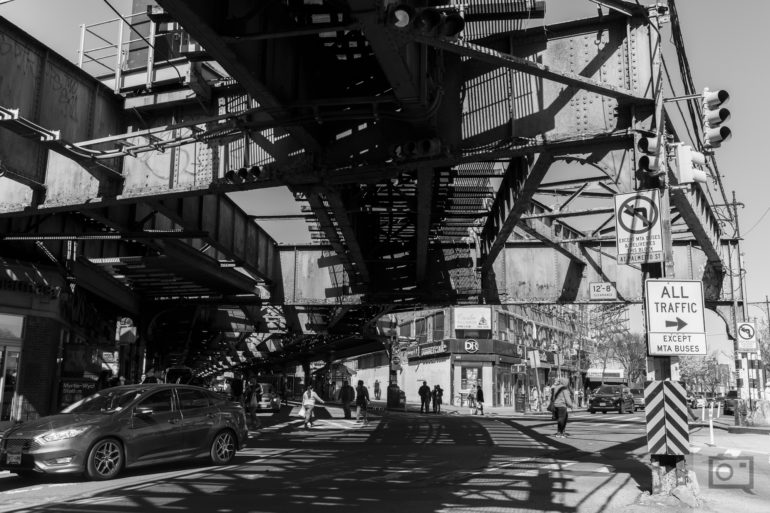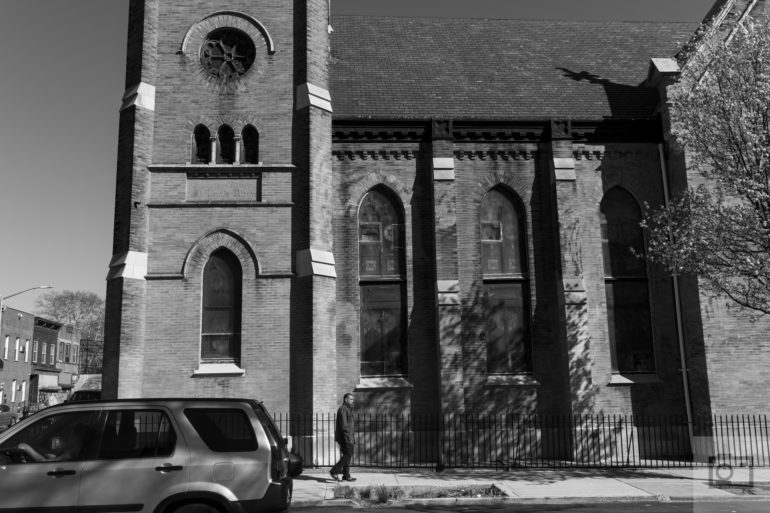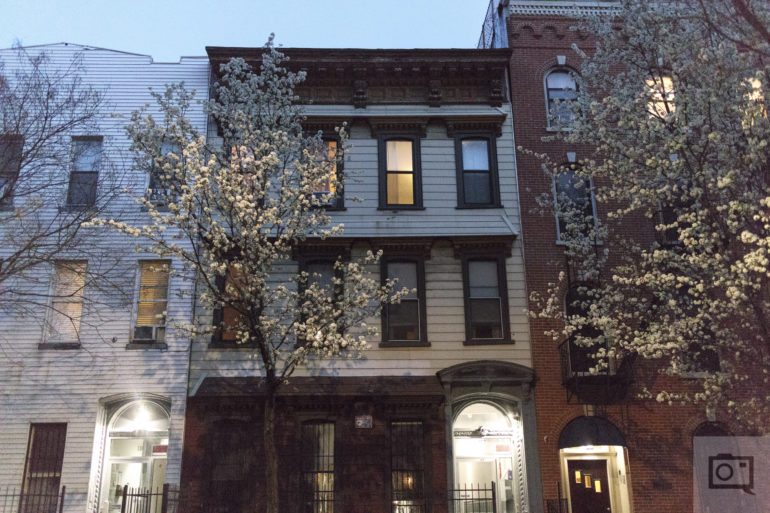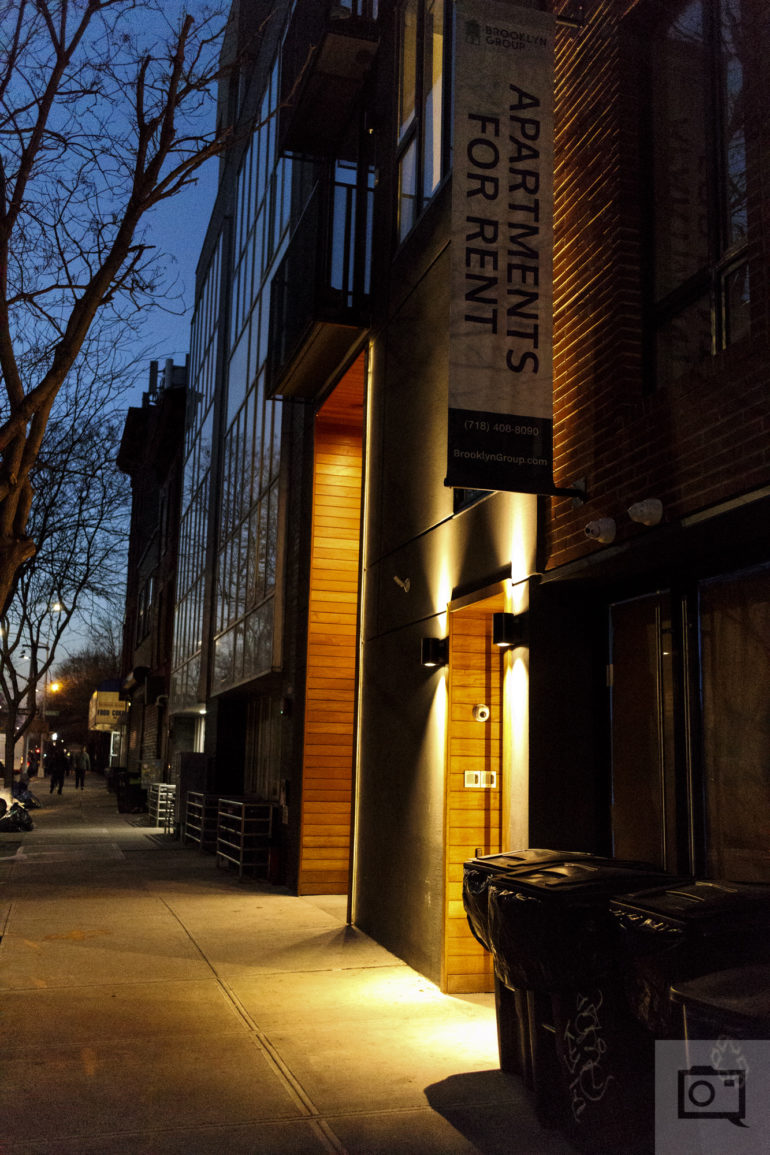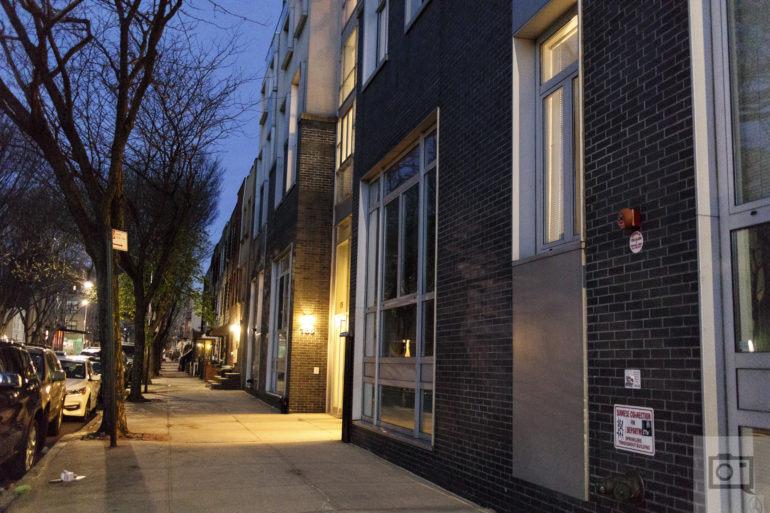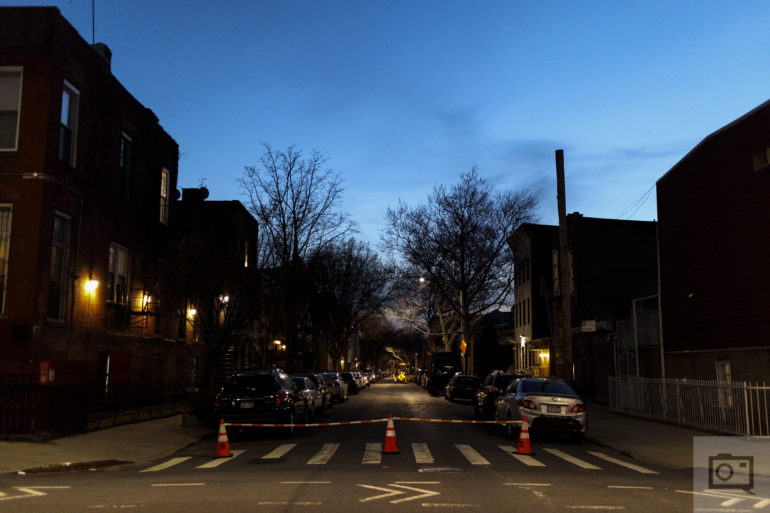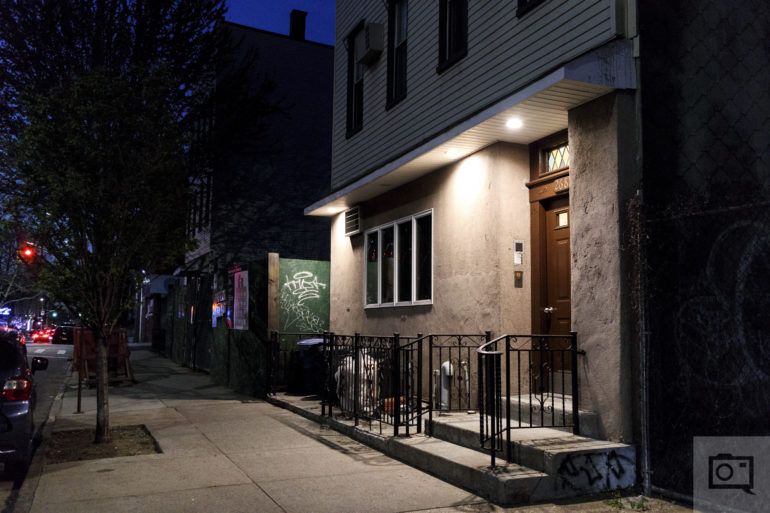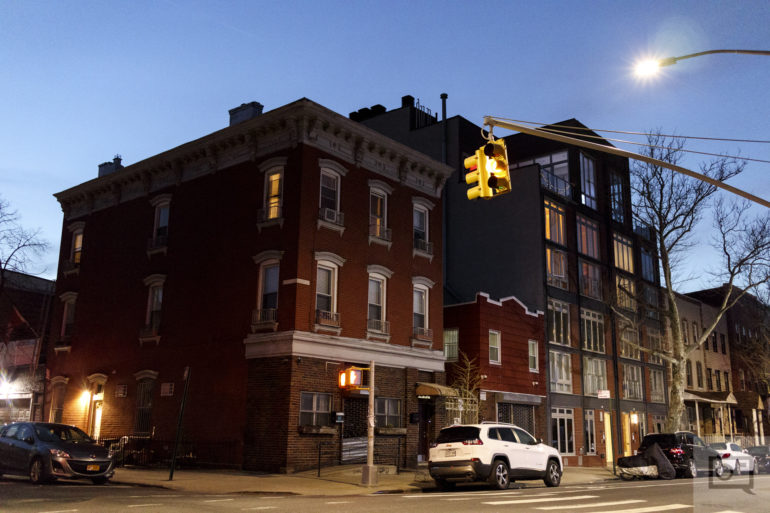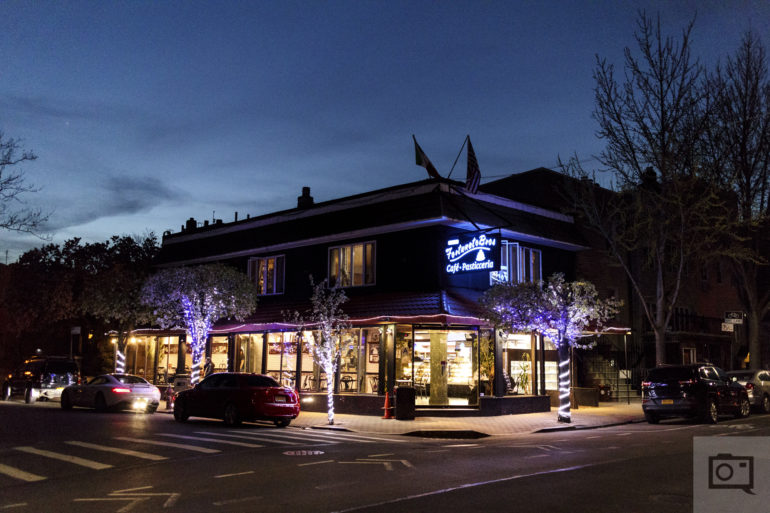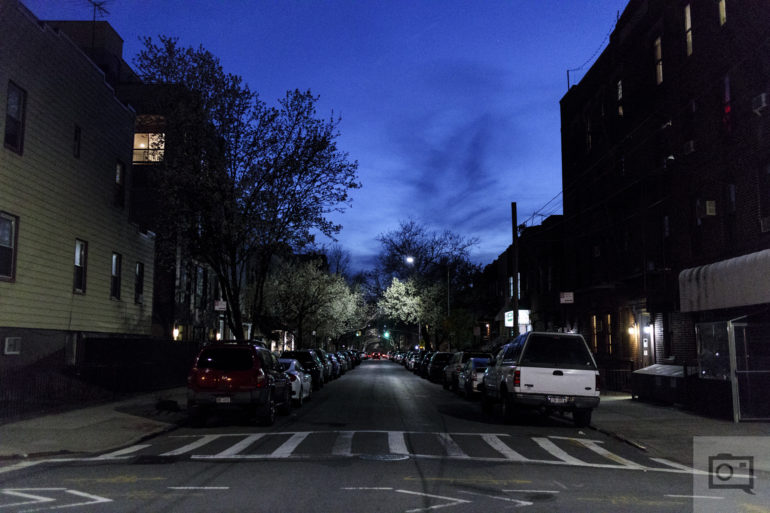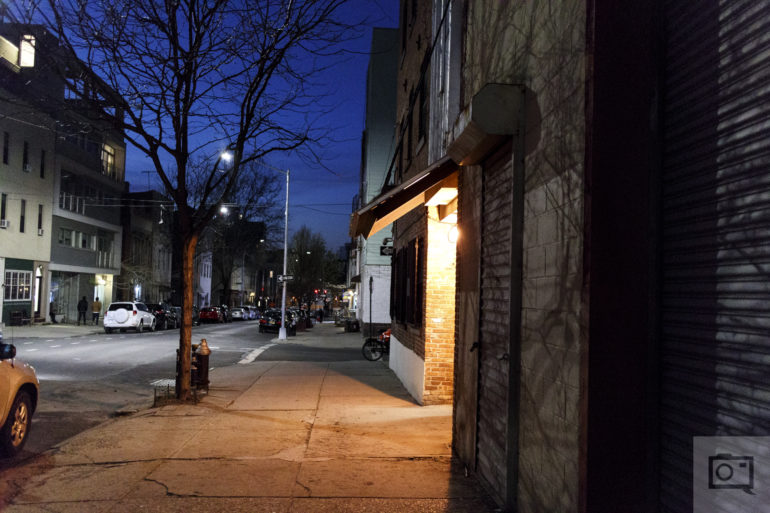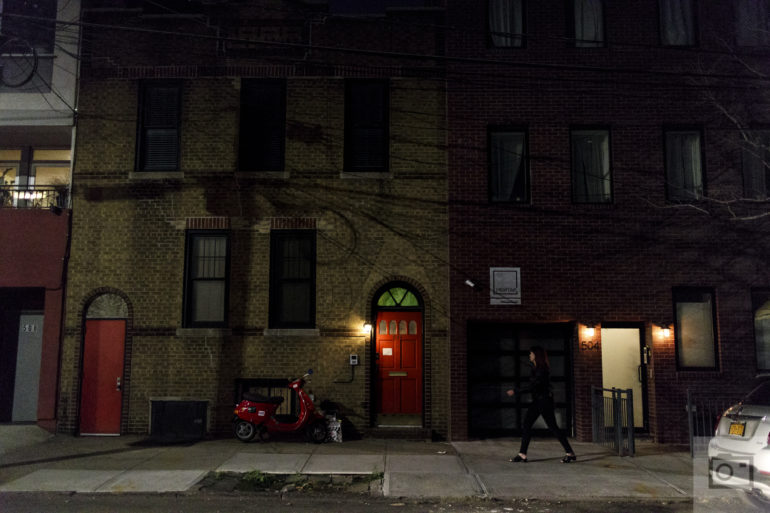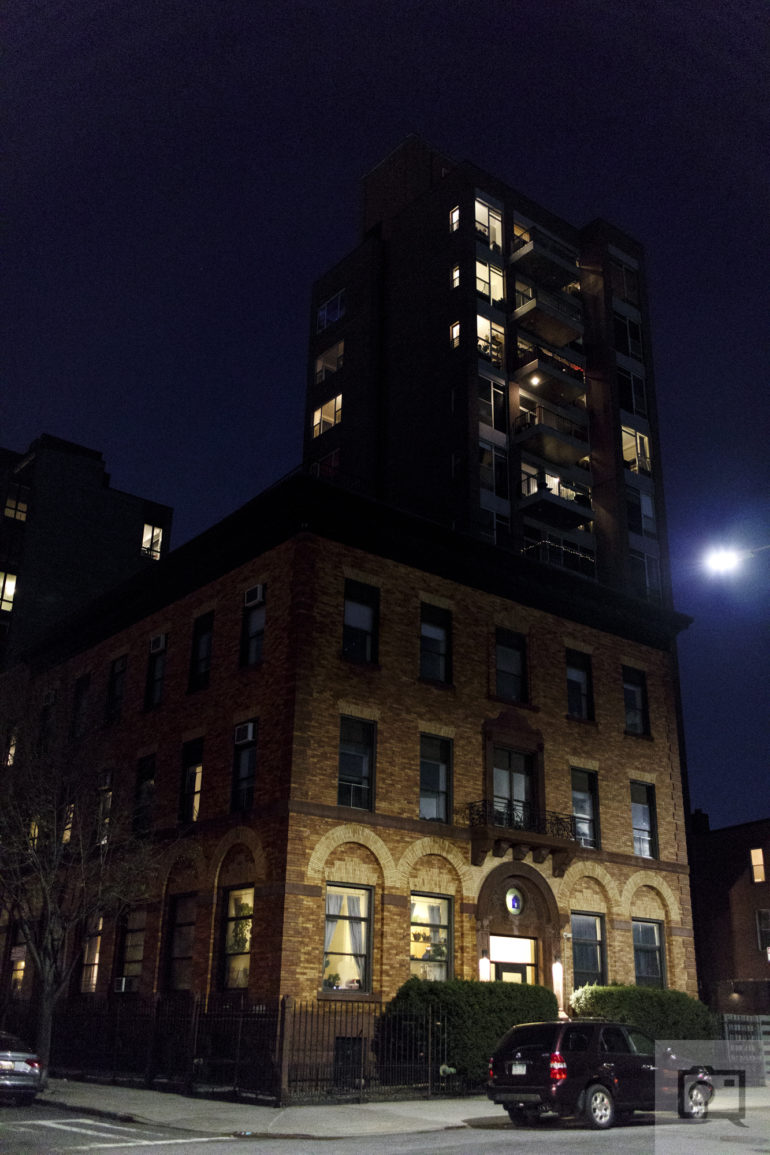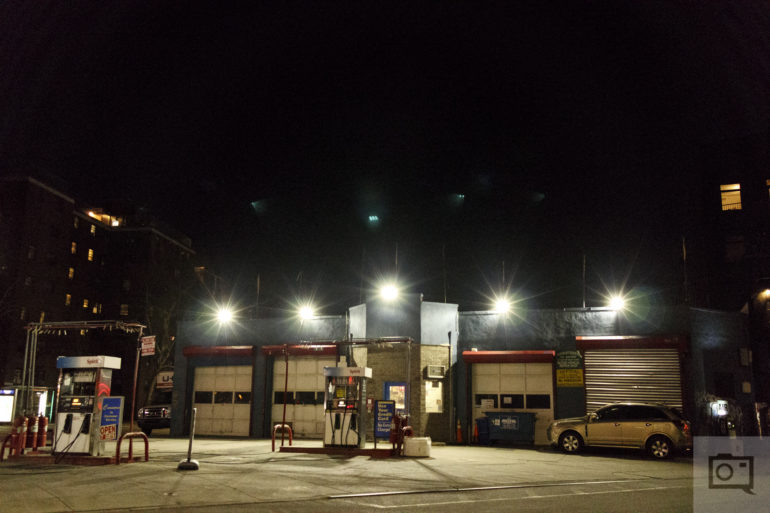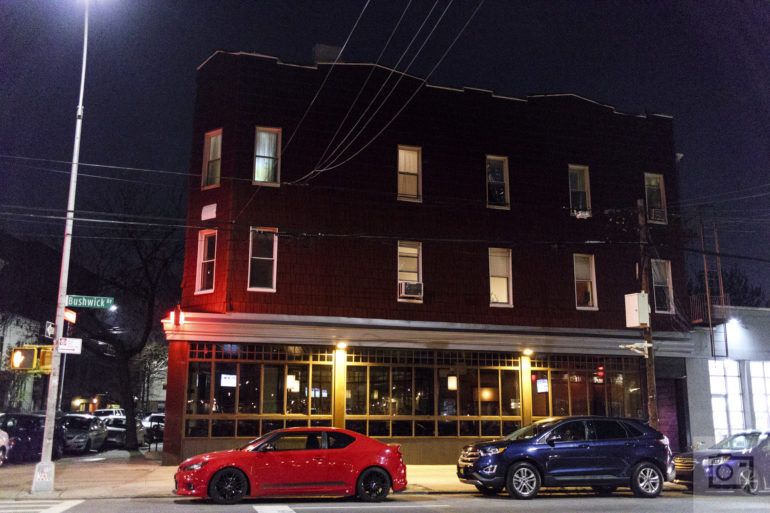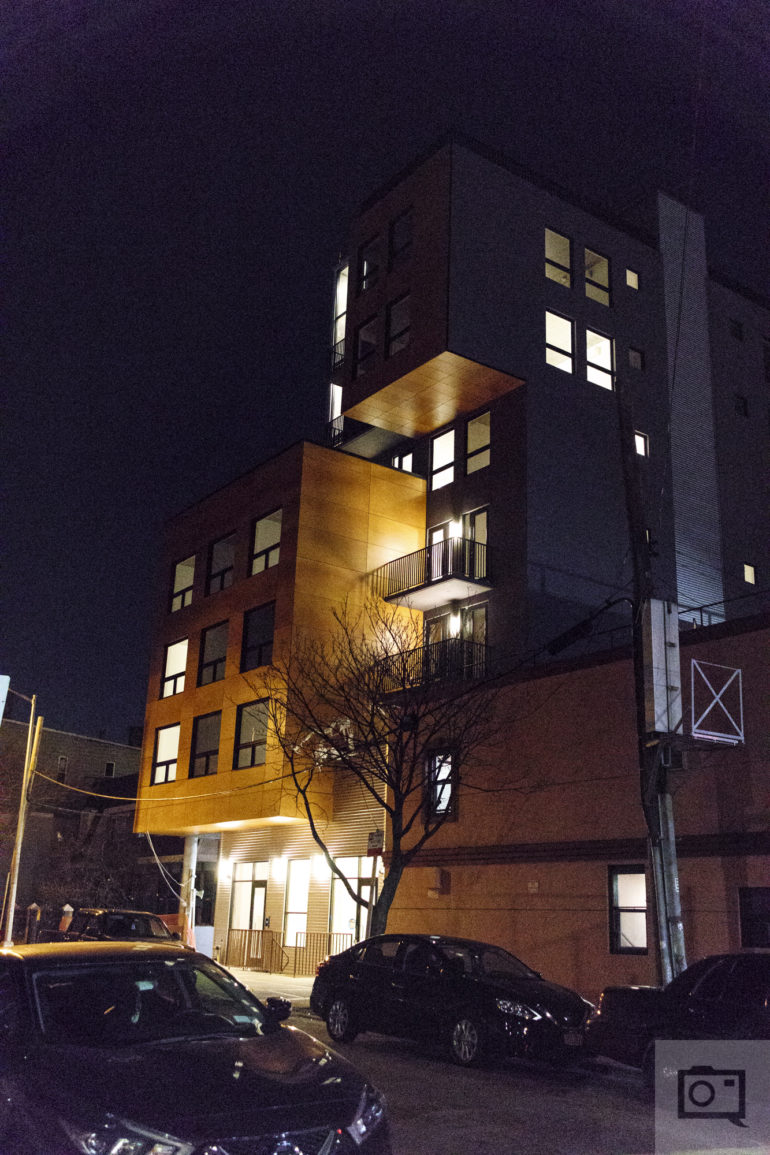Last Updated on 04/12/2020 by Mark Beckenbach
The Canon M50 isn’t that bad of a camera at all, but we feel it should be packed with more features.
The Canon M50 has to be one of Canon’s best mirrorless camera options yet; but at the moment of writing this review, it still feels like Canon is intentionally holding themselves back for reasons that I genuinely don’t understand. Canon’s sensors are arguably also not as fantastic as those offered by their competitors. However, mirrorless camera sales are starting to outdo DSLRs. So Canon can only hold back for so long. If I were to equate this to anything in their lineup, it would be something akin to a high-end Rebel camera. Canon put features in that reviewers have been asking for for a long time now such as 4K video, silent shutter, etc. The camera on its own is pretty darned good. But when you put it next to the competition, it quickly starts to crumble.
Table of Contents
Pros and Cons
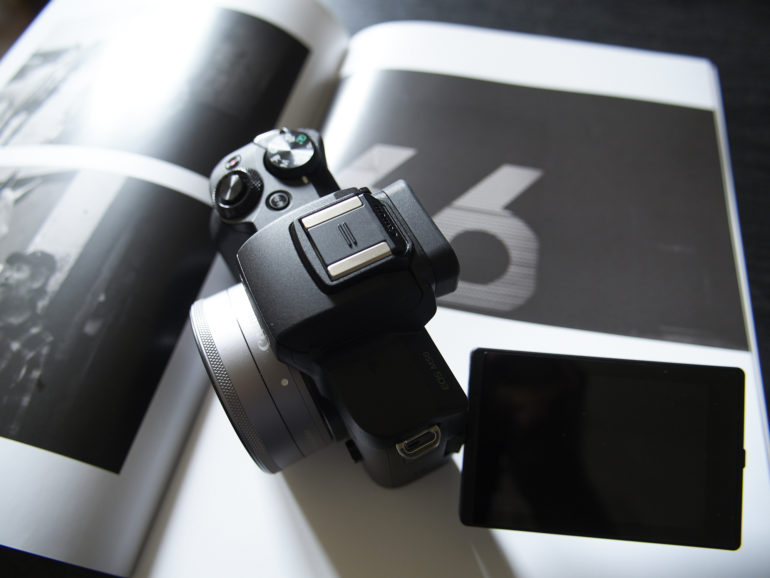
Pros
- Nice feeling in the hand
- Absolutely fantastic battery life
- Canon’s colors are really nice, and we’ve come to think of this sensor sort of like shooting with Slide film
- Autofocus is pretty good, but we wouldn’t use it for street photography
- We finally got 4K video
- There’s a silent shutter mode, finally
- Big LCD screen
- Canon’s menus continue to be the easiest to go through
- Canon’s monochrome images are really nice
Cons
- This camera deserves to be bundled with a nice wrist strap
- Image quality basically breaks up as soon as you edit
- Who the hell thought of putting the silent shutter mode in its own dedicated camera mode and robbing the photographer of all traditional exposure control?
- Silent shutter mode should be a drive mode option
- High ISO is barely usable above ISO 3200
Gear Used
We tested the Canon M50 with the 22mm f2 lens. You can pick up a camera for under $600 (with a 15-45mm kit lens).
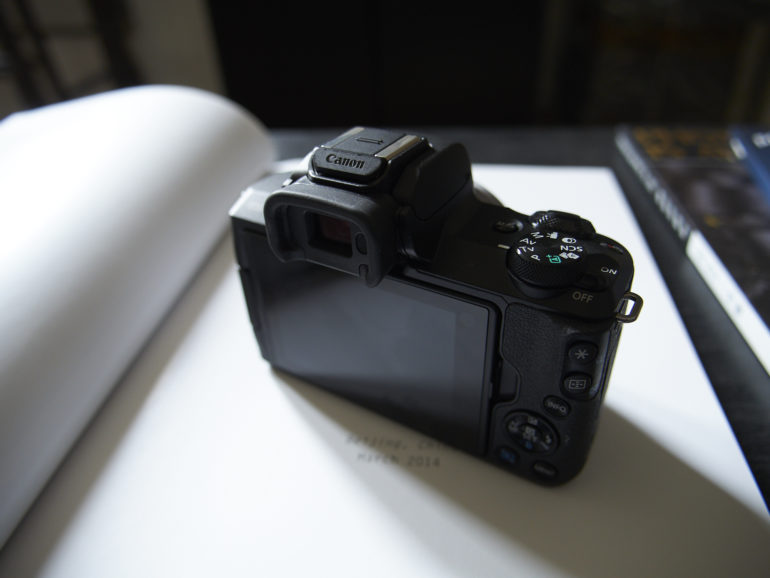
Tech Specs
- Vari angle lcd
- Touch screen
- EVF
- 4K video at 24p
- White or black
- Digic 8 processor
- Advanced autofocus improved over the M5
- 99 af points minimum
- 80×80 area coverage of the af
- 143 points with select lenses that cover the entire area of the sensor
- Dual pixel CMOSs AF, much improved
- Eye detection AF in one shot but not Servo AF
- 7.4 FPS. One shot af is 10fps
- 24.1mp APSC. Less noise and high definition in low light
- 4K 24p. Contrast AF for 4K
- Full HD autofocus is dual pixel AF. But 4K is contrast
- HD at 120p
- Touch and drag AF on the LCD
- WiFi, Bluetooth, NFC
- Automatically transfer while shooting but only in the auto send mode. This is a really cool feature.
- In camera raw development.
- Silent mode, scene mode that doesn’t let you have manual control over he exposure. But you get raw photos
- CR3: this gives you raw and c-raw. C raw is between small and medium
- C-RAW images are 40% smaller but the same pixel size.
Ergonomics
The Canon M50 is a camera that’s designed to look like a small SLR. In some ways, it resembles their Canon Rebel lineup except, well, you know, on a diet. The front of the camera is devoid of controls with the exception of the lens release.
The Canon M50 has an area on the top for controls. Most of said controls are on the right side. Here you’ll find the mode dial, the exposure controls/wheel, a function button, on/off switch and the video record button. Then there’s the hot shoe–which I doubt anyone will really use but I wish that weren’t the case.
On the back of the Canon M50, you’ll find even more controls on the right side. The left is dominated by the giant, tilting and swiveling LCD screen. Plus there is an EVF on top.
The LCD screen on the Canon M50 can flip to the front. But more often than not, I ended up using it when I’m in just a tough spot. Say something is above me or I want a different point of view, then I’ll use this screen.
Build Quality

The Canon M50 isn’t weather sealed, so you can’t take it out into the rain or snow. Some folks may complain that there isn’t enough of a grip, but the grip I felt to be perfectly fine. However, I’m one of those folks who likes the feeling of an old school SLR; and many people don’t like that as much. I think that a bigger grip would ruin this camera. The outside otherwise has nice textures and an overall feeling. But I wouldn’t put it past a Canon Rebel in terms of build quality otherwise.
Ease of Use
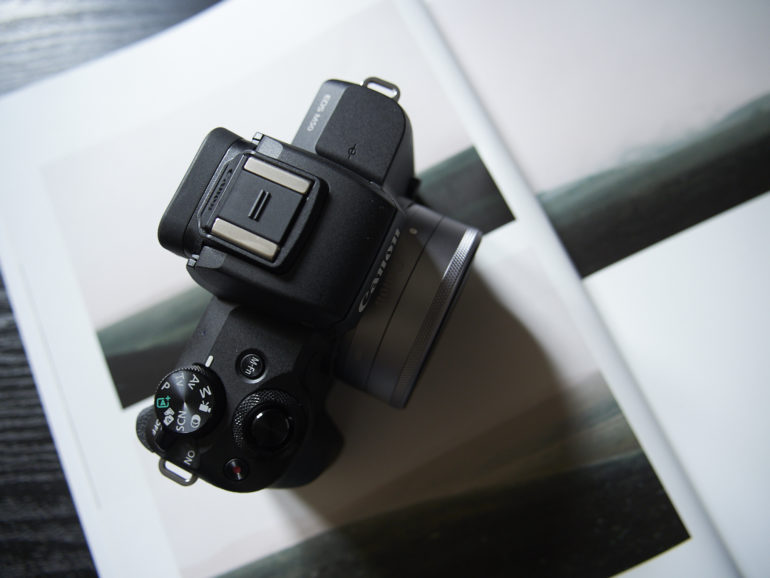
The Canon M50 has fantastic ease of use due to clearly labelled buttons and a fantastic menu system. Canon’s menu system combined with its touch capabilities make it a great camera to use if you’re into the more automatic settings. The moment that it comes to being more manual and moving past aperture priority/shutter priority things start to fall apart. You’ll need to press this button, then turn that dial, then to control the other variable you need to scroll over–it’s pretty annoying. It’s almost like Canon designed this camera to be shot mostly in automatic mode.
Perhaps this is more in line with their thought process when it came to designing the silent shutter mode. For the life of me, I can’t really understand why Canon would make Silent Shutter a dedicated shooting mode and not a drive mode. On their DSLRs, the drive mode includes a quiet shutter mode in both single shot and continuous. So why not apply that same logic to the silent shutter? It’s frustrating that when walking about at night that I can’t adjust the shutter speeds or apertures while shooting.
Something that’s rather exceptional about the Canon M50 is the battery life. During my two or three weeks playing with the Canon M50 I only needed to charge the battery once–when I first started working with the camera. I dimmed the screen and used WiFi only once. Canon has nailed it here.
Autofocus
If you’re using the Canon M50 for anything but candids or fast moving objects, then you’ll be fine and perfectly in luck. Portraits? Fine. Landscapes? Sure. But your neurotic nieces spinning about in their pretty party dresses will probably make the Canon M50’s as dizzy as they’ll be once they stop spinning about. For the most part, I found the best process to be using the center focus point and recomposing.
Yes, in 2018 we’re focusing and recomposing. sigh
Metering
The Canon M50 more or less abides by the rules of Sunny 16. So if you’re a landscape photographer, then you’re all set. Just find that bright, sunny spot; shoot at f16 ISO 100 and 1/100th. You’ll be all set.
Image Quality
Part of the way through the review, I said to myself “Man, the Canon M50 has great colors right out of camera but as soon as I start editing these files they turn into absolute crap.” For the most part, I still stand by that statement–my older Canon 6D has RAW file versatility that could put this thing to shame. But the Canon M50 has colors that can make your jaw drop once you set the white balance to the right spot. So with this in mind, I often treat it and think of it like shooting slide film.
That’s fine and dandy; except that as I’m currently writing this review I remembered that I typically shoot as if I’m shooting slides anyway. So if you’re just adding a bit of contrast or something, then the raw files (both C and regular) are fine. But if you’re looking for something like what you’ll get from literally every other camera manufacturer, then great ready to sit in a corner and cry.
JPEG Quality
The JPEGs from the Canon M50 are very good. With confidence you can beam them to your phone and then to Instagram. Personally speaking, I’m smitten with their monochrome rendition of images providing that you’ve also locked your white balance.
RAW File Versatility
The Canon M50’s ability to recover details from the highlights is null; but this is the case for many cameras from Canon. But when it came to pushing the shadows, I was also pretty disappointed. My jaw dropped in disbelief.
Basically, this is a JPEG camera.
High ISO Output
The Canon M50 has pretty good results up to ISO 3200. Beyond that, I wouldn’t only not print the images but I’d also be a bit iffy about using them online. sigh Not many cameras have this problem and again, this harkens to my idea that this is a camera that slide film shooters might like.
Extra Image Samples
Conclusions
Likes
- Colors
- Battery life
- Small size
Dislikes
- RAW files are pretty darned limited
- Autofocus could be better
- Who the hell designed the silent shutter mode.
The Canon M50 is a decent camera, but it continues to show me that some of their mirrorless offerings are a bit of a mess. There’s the silent shutter mode that makes no sense, the sensor is more or less what they’ve had for years in the APS-C world, and the autofocus isn’t that fantastic. But it’s a step forward from what Canon has been doing for years. Additionally, it simply feels great in the hand and has great battery life. Then there’s 4K video, great colors on the JPEGs, and it’s pretty small and easy to tote around on a photo walk. But to be honest, I, nor anyone else, has a fantastic reason to purchase the Canon M50. It’s not going to outdo the competition–I’ve got the Olympus EPL9 in for review right now and its autofocus and RAW files are both arguably better.
Canon can market this as a great JPEG camera that will get shots in focus a good portion of the time, but nowhere as much as options from Olympus, Fujifilm, Panasonic and Sony.
The Canon M50 wins three out of five stars. You can buy the Canon M50 from Amazon.


